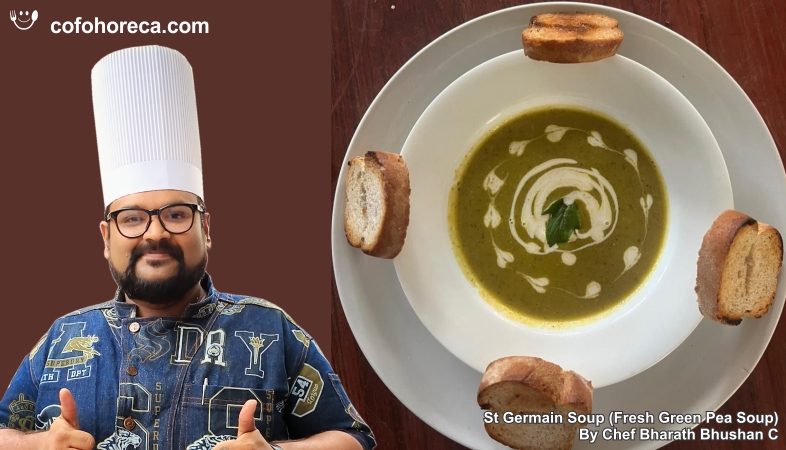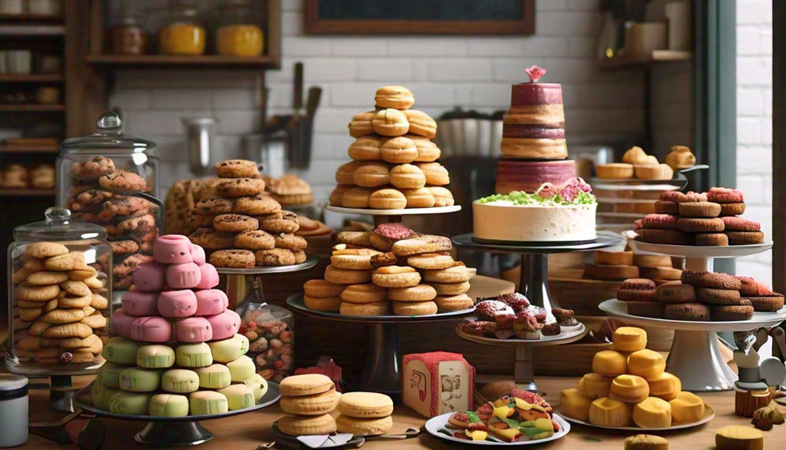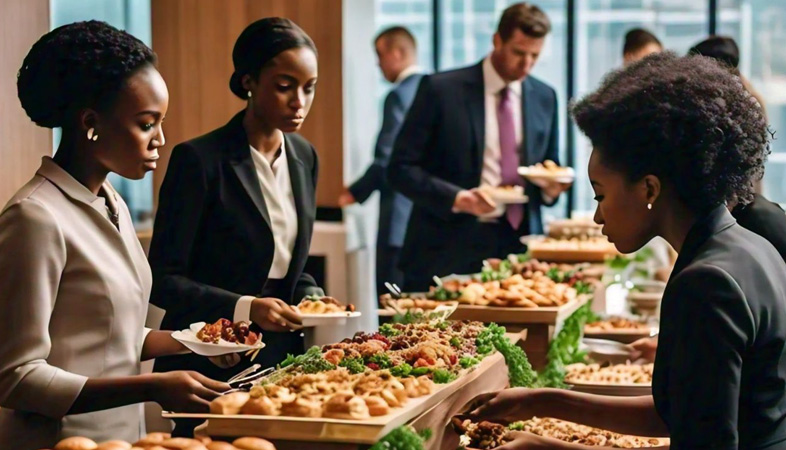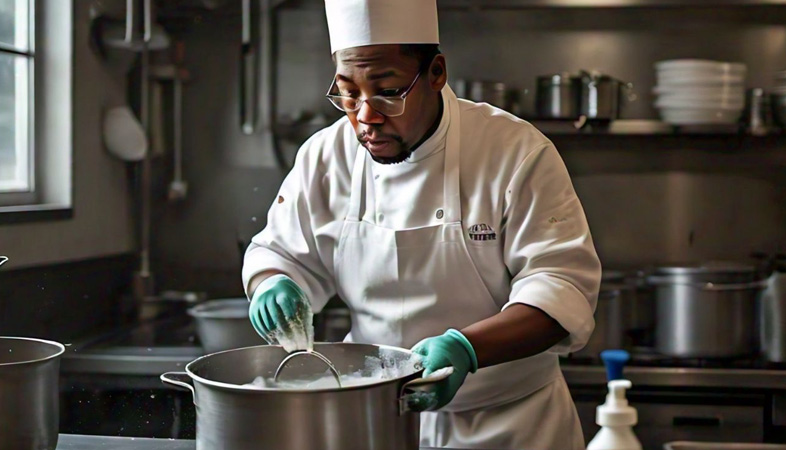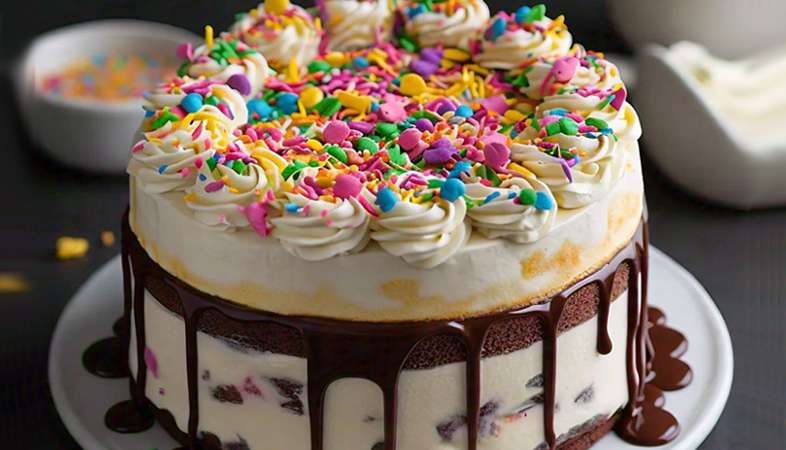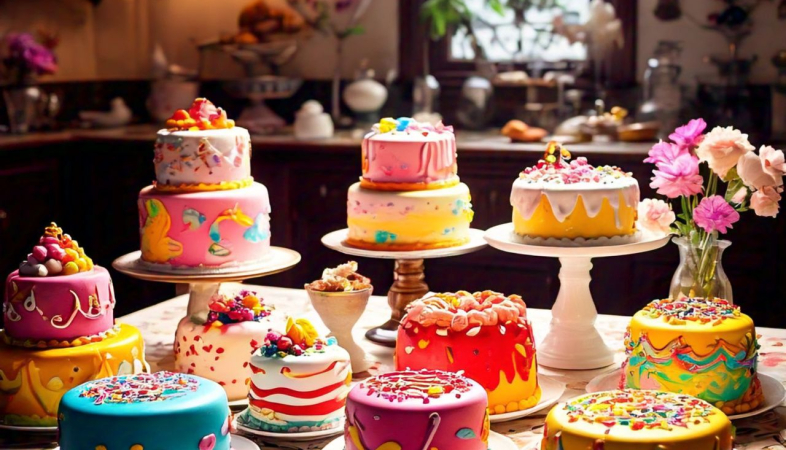SHARE
Commercials
More Posts
Jun 16, 2025
The Importance of Ventilated Spaces in Restaurants
Mar 17, 2025
Caramel Custard (Creme Caramel) - By Chef Indrajit
Jun 16, 2025
The Importance of Ventilated Spaces in Restaurants
Mar 17, 2025
.png)









